Don’t know much about the Davis Cup? Well, Andy Roddick certainly did his part over the weekend to put the once prestigious international tennis competition back in the U.S. public’s eye… With his rocket-like serve on target, Roddick clinched the U.S. Davis Cup team’s 4-1 semifinal victory against Sweden in Gothenburg Sunday, defeating Jonas Bjorkman 6-2, 7-6 (7-3), 6-4. The U.S. squad, consisting of fifth-ranked Roddick, No. 6 James Blake and doubles tandem, twins Bob and Mike Bryan, aim to extend the USA’s record number of Davis Cup titles to 32 when it meets Russia Nov. 30. –Dec. 2 at a yet-to-be-determined U.S. site.
Though enormously popular in Europe, Asia and other parts of the world, Davis Cup competition remains a minor blip on America’s sports radar screen. Even America’s former superstars, Jimmy Connors, John McEnroe, Andre Agassi and Pete Sampras, had trouble persuading the sports media and fans to view the patriotic team competitions as important events. It’s been far easier, however, for tennis’ governing bodies to sell the four Grand Slam events (Australian Open, French Open, Wimbledon and U.S. Open), with their million dollar purses, as must-see sports drama. Why has several superstars shunned Davis Cup?
Some contended that Davis Cup commitments sapped their strength and took away their edge, causing sub-par performances in Grand Slam events. For example, in December 1995, Pete Sampras gave his all for his country in a dramatic 3-2 victory against Russia in the Davis Cup final, winning two best-of-five singles matches and teaming with Todd Martin to win the doubles point. But a month later, Sampras, still feeling the effects from that grueling Davis Cup final, was ousted in the Australian Open third round.
Andre Agassi had a Sampras-like Davis Cup experience in 2000. A day after winning the Australian Open, Agassi did his patriotic duty and flew directly to southern African to lead the U.S. to a first round tie against Zimbabwe. Though drained from playing seven, highly stressful Australian Open best-of-five matches, Agassi ignored his body’s plea for rest. And like Patton leading his men from one major war campaign to another, he prepared for another weekend of grueling, best-of-five tennis in a hostile environment. Though running on fumes, Agassi won both singles matches, leading the U.S. to a 3-2 victory against Zimbabwe. Moments before match-point, however, he lost his cookies on the court, but somehow willed his way to victory before his body gave out. Agassi also led U.S. to a 3-2 victory against Czech Republic in the quarterfinals. A month later at the French Open, he was ousted in the second round of the clay court event he had won the year before.
The Davis Cup format of 16 teams in the World Group requires four rounds of play per year. That means singles players reaching the final might have to play up to eight additional best-of-five matches per year, besides their regular ATP Tour tournament commitments. Neither Sampras nor Agassi wanted to tax their bodies that often in their later years.
At their relatively young age, it’s unlikely that Roddick, 25, and Blake, 27, will shun Davis Cup matches any time soon. Unless, of course, they begin to consistently reach the final of Grand Slam events, like Agassi and Sampras.
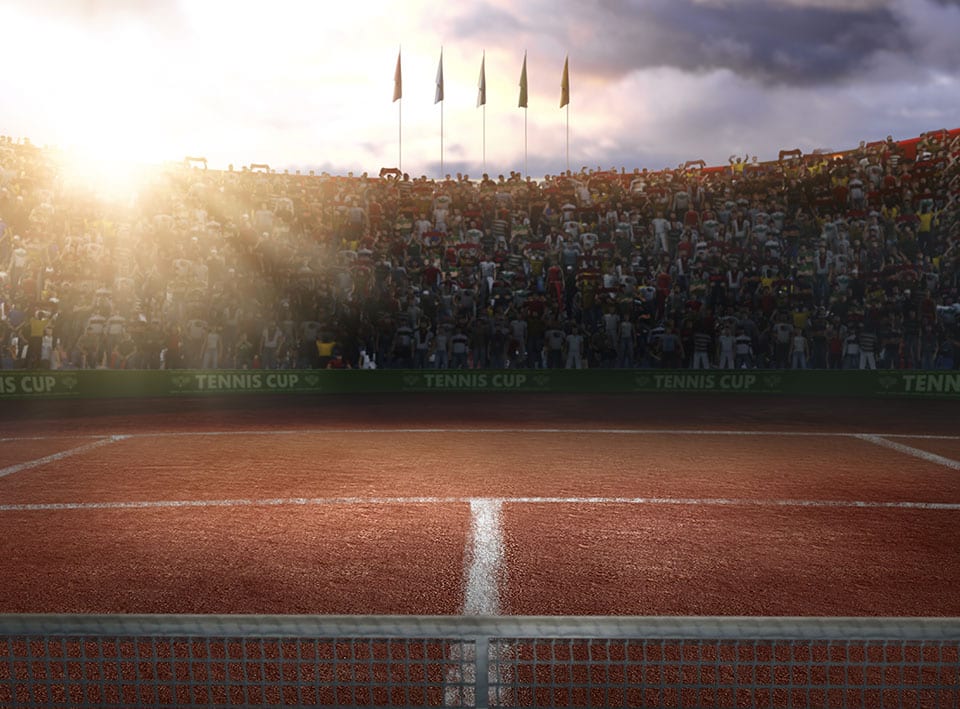
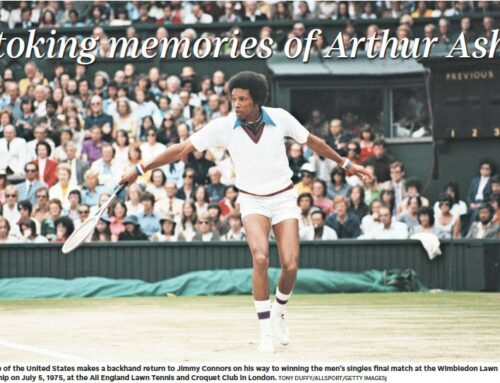
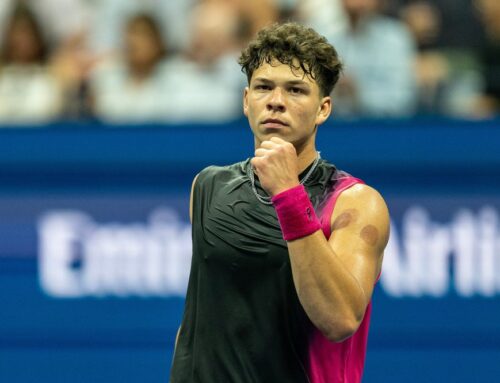
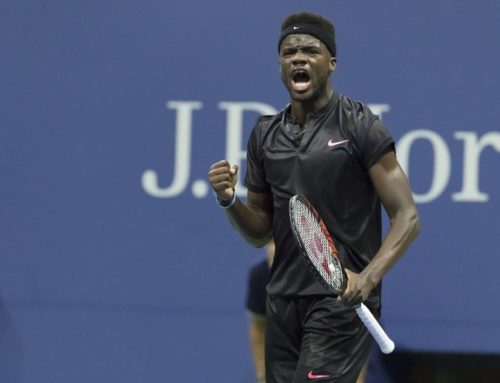
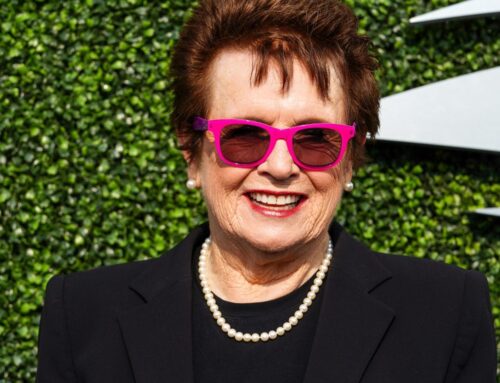
Leave A Comment